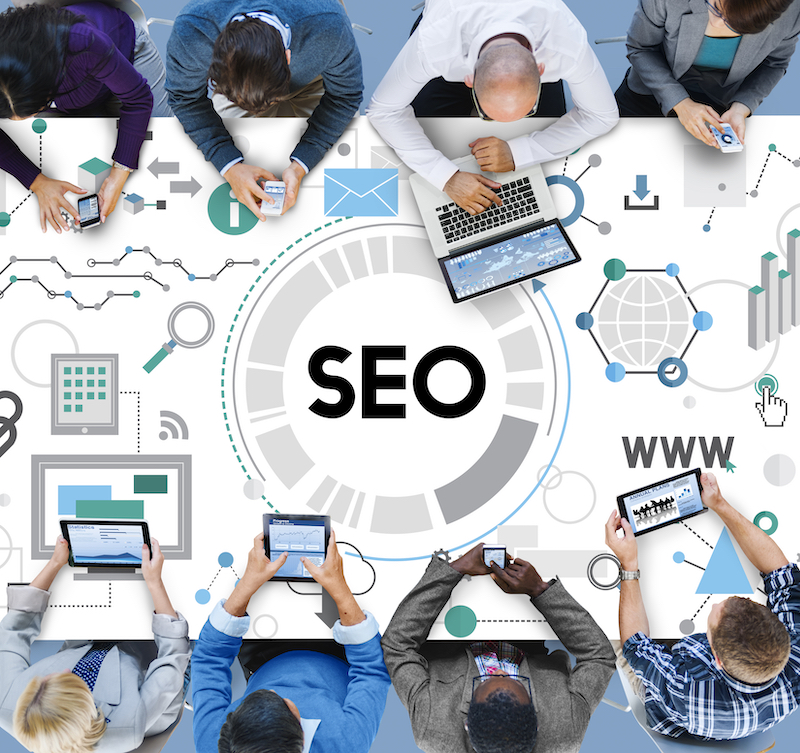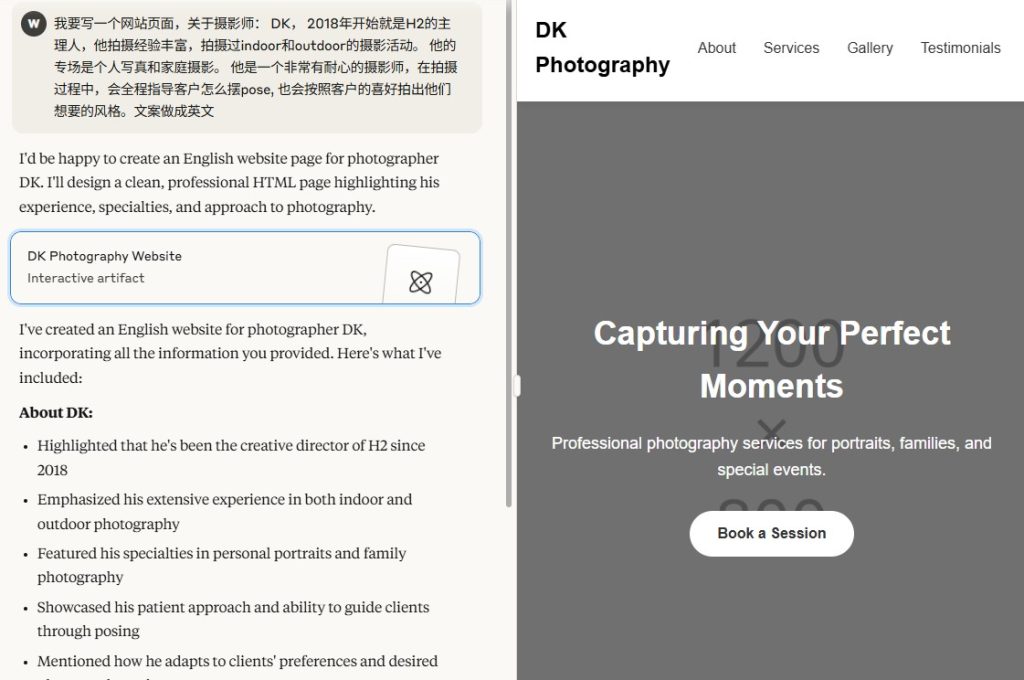In the world of online marketing, landing pages play a crucial role in converting website visitors into leads or customers. A well-designed and optimised landing page can significantly boost your conversion rates, but making common mistakes can have the opposite effect.
In this blog, we’ll explore some of the most common landing page mistakes to avoid to ensure your landing pages are effective in driving conversions.
What is a Landing Page?
A landing page is a standalone web page specifically designed for a singular marketing or promotional purpose. It serves as a focused destination where visitors arrive after clicking on a link or advertisement. The primary goal of a landing page is to prompt a specific action, such as signing up for a newsletter, downloading an eBook, making a purchase, or filling out a contact form.
Unlike a website’s homepage or other pages, a landing page is stripped of distractions and extraneous content, with a clear and compelling call to action (CTA) that guides visitors toward the desired conversion. Landing pages play a crucial role in digital marketing campaigns, helping businesses capture leads and drive conversions effectively.
Mistakes to Avoid When Creating a Landing Page
Lack of Clear Purpose:
When creating a landing page, it’s essential to have a precise and well-defined goal in mind. Each landing page should serve a single, focused purpose. Whether you want visitors to sign up for your newsletter, download an eBook, or make a purchase, your page should revolve around that primary objective. Avoid overwhelming visitors with multiple competing calls to action (CTAs) or unrelated content that can confuse them as well as search engines. A clear and singular purpose not only helps in aligning your messaging but also in Search Engine Optimization (SEO).
Unclear or Weak Headlines:
Your landing page’s headline is your chance to make a strong first impression. It should instantly communicate the value or benefit that visitors will gain by taking the desired action on your page. Vague or generic headlines can lead to confusion and lack of interest. Aim for a concise, compelling message that grabs the reader’s attention and entices them to read further. A well-crafted headline can set the tone for the entire page and increase the chances of conversion.
Lengthy Forms:
Lengthy and complicated forms can be a major roadblock to conversion. If your goal is to collect user information, keep your forms as short as possible. Only request essential information, such as name and email address, initially. Every additional field you add increases friction and can lead to a drop in conversion rates. You can always gather more information gradually, perhaps after the initial conversion or interaction.
Poor Mobile Optimization:
In today’s digital landscape, mobile optimization is not an option; it’s a necessity. With a significant portion of internet traffic coming from mobile devices, your landing pages must be fully responsive and optimized for various screen sizes. A landing page that doesn’t display correctly on smartphones or tablets can result in a high bounce rate and lost conversions. Test your pages on different devices to ensure a seamless user experience.
Slow Loading Times:
Slow-loading landing pages can be a major source of frustration for visitors. In an era of instant gratification, people expect web pages to load quickly. If your landing page takes too long to load, impatient visitors may hit the back button and leave your site. To avoid this, optimize your landing page’s images and code for faster loading times. Additionally, consider using a reliable hosting service that can handle your page’s traffic efficiently.
Lack of Trust Signals:
Trust is a crucial factor in convincing visitors to take action on your landing page. Failing to include trust signals can make visitors sceptical about your offer. Incorporate elements such as customer reviews, testimonials, security badges, and privacy policy links to build credibility and reassure visitors that their information is safe. Showcasing social proof and highlighting any relevant certifications or affiliations can also boost trust in your brand.
Poor Visual Design:
Aesthetics play a significant role in user perception. An unattractive or cluttered design can deter visitors from engaging with your landing page. Use a clean and visually appealing layout with a harmonious combination of colours, fonts, and images. Ensure that the design complements and reinforces your message and brand identity. A well-designed landing page not only looks professional but also enhances the overall user experience.
Missing or Weak Call-to-Action (CTA):
Your CTA is the pivotal element that guides visitors toward your desired action. It should be prominent, compelling, and action-oriented. Avoid generic phrases like “Submit” or “Click Here,” as they don’t convey value or urgency. Instead, use persuasive language that clearly communicates the benefit of taking the desired action. For example, phrases like “Get Started Now” or “Download Your Free Guide” are more likely to resonate with visitors and encourage them to act.
Ignoring A/B Testing:
Assuming that your initial landing page design is perfect can be a costly mistake. A/B testing, or split testing, is a vital tool for optimizing your landing pages. It involves creating multiple variations of your page and testing different elements such as headlines, CTAs, images, and even form lengths to determine which versions perform better. Regularly conducting A/B tests allows you to make data-driven improvements and maximize your conversion rates over time.
Neglecting Analytics:
Without proper tracking and analytics, you’re operating in the dark. Set up tracking tools like Google Analytics to monitor key metrics such as conversion rates, bounce rates, and user behaviour on your landing pages. Regularly reviewing these data points enables you to identify areas for improvement and make informed decisions to enhance the effectiveness of your landing pages. Analytics also help you understand what’s working and what needs adjustment in your overall marketing strategy.
Conclusion
In summary, creating high-converting landing pages requires a thorough understanding of these common pitfalls and a commitment to continuous improvement. By addressing these issues and optimizing your landing pages based on user feedback and data-driven insights, you can create landing pages that not only attract visitors but also guide them towards your desired actions, ultimately contributing to your online marketing success.
A digital marketing agency can be a valuable partner in your efforts to create high-converting landing pages. Their expertise, resources, and strategic guidance can help you avoid common pitfalls and optimize your landing pages for maximum impact. By collaborating with a reputable agency, you can harness their skills to enhance your online marketing campaigns and drive better results.








